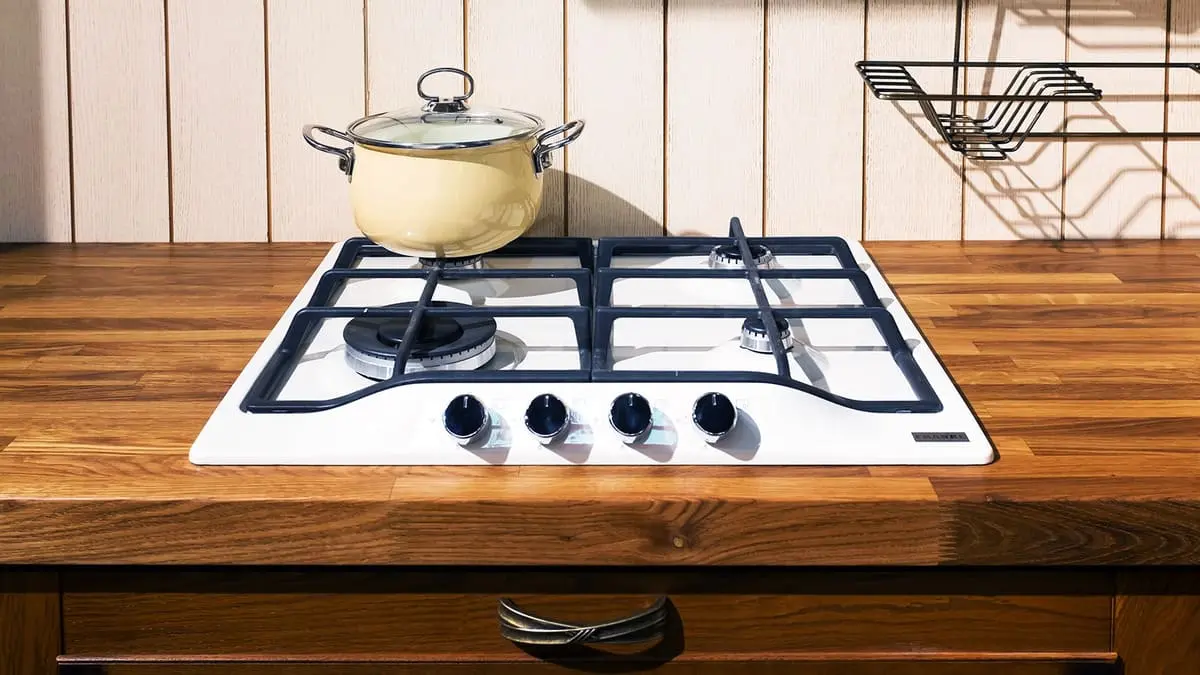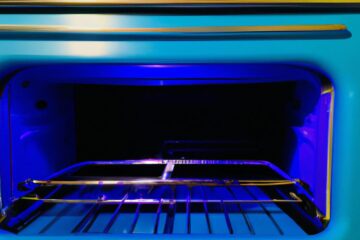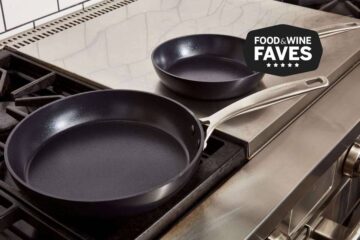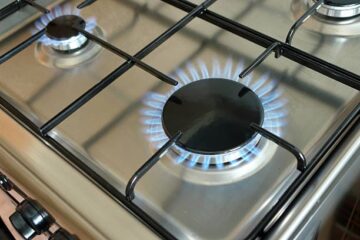Cooking is an art form that requires precision, patience, and a good understanding of heat control. One of the most important elements of this art is understanding what medium low heat on a stovetop means. This setting can differentiate between a perfectly cooked dish and a disaster.
Medium low heat on a stovetop is a cooking temperature that falls between low heat and medium heat. It is considered a moderate heat ideal for simmering sauces, slow-cooking stews, and sautéing delicate ingredients. Unlike high heat that can quickly burn or overcook food, medium low heat allows for gentle and even cooking, bringing out ingredients’ natural flavors and textures.
Discovering the art of what is medium low heat on stovetop is a journey that will bring you closer to your kitchen and help you create memorable meals that are both delicious and nutritious. It does not matter if you have extensive experience in the kitchen or are just starting, understanding the importance of medium low heat is a step towards becoming a master of the stovetop.
Different Levels Of Heat On The Stovetop.
There are typically four levels of heat on a stovetop:
Low heat
This setting is used for gentle cooking, simmering, or warming food.
Medium heat
Medium heat setting is used for most cooking tasks, such as frying, sautéing, and boiling.
High heat
This setting is used for searing, browning, and quickly bringing water to a boil.
What Is Medium Low Heat On Stovetop?
Medium low heat on a stovetop can vary depending on the stove and the cookware used. Still, it generally falls between 250 and 324 degrees Fahrenheit (121 to 162 degrees Celsius). This heat setting is often used for cooking foods that require gentle heat, such as sauces, soups, or stews. It can also be used for simmering or braising meats, allowing the meat to cook slowly and evenly without becoming tough.
One of the benefits of cooking with medium low heat is that it allows for more precise temperature control, which can be especially important when cooking delicate dishes that require careful attention. For example, if you are making a custard or a sauce, cooking it on medium-low heat can help ensure that it doesn’t curdle or separate.
However, it’s important to remember that the exact temperature will depend on various factors, including the type of stove you are using, the type of cookware you are using, and the thickness of the food you are cooking.
Generally, starting with a lower heat setting is a good idea, and adjusting as needed to prevent burning or overcooking. Also, you are using a gas stove. In that case, it’s important to be mindful of the flame size and adjust it as needed to maintain a consistent temperature.
What Does Medium Heat Look Like?
As we mentioned, medium heat is typically around 250-324 degrees Fahrenheit (121-162 degrees Celsius). A blue and steady flame that is not too high or low is an excellent indicator of medium heat when using a gas stove. When cooking on an electric stove, medium heat is usually indicated by a setting between 4 and 6 on a scale of 1-10. It’s important to note that different stovetops and cookware may vary in their ideal medium heat settings.
What Is Medium Heat On A Stove Top?
Stovetop heat settings vary between different stove models and brands, and there is no standardized temperature range for medium heat. However, as a general guideline, medium heat on a stovetop usually refers to a heat setting that ranges from around 350 to 375 degrees Fahrenheit (175 to 190 degrees Celsius).
This heat level is typically used for cooking methods that require moderate heat, such as sautéing vegetables, frying eggs, or simmering sauces. It’s important to note that the actual temperature of medium heat can vary depending on the size and type of cookware used, as well as the stove’s heat output.
What Are The Benefits Of Using Medium Low Heat On Stovetop?
Using medium low heat on a stovetop can provide several benefits, including:
Even cooking
Medium low heat allows for even cooking and prevents food from burning or cooking too quickly.
Retaining nutrients
Cooking on medium low heat helps retain the food’s nutrients, as cooking at high temperatures can destroy some of the vitamins and minerals.
Saves energy
Using medium low heat saves energy and reduces the cost of cooking, as it uses less fuel or electricity.
Prevents sticking
Medium low heat helps prevent food from sticking to the pan or pot, making it easier to cook and clean up afterward.
Better flavor
Cooking on medium low heat can help develop a better flavor in some dishes, especially those that require slow cooking or simmering, like soups or stews.
How To Use Medium Low Heat On Stovetop?
To use medium low heat on a stovetop, follow these steps:
- Turn the stove burner to the medium low heat setting.
- Wait a few minutes for the burner to reach the desired temperature.
- Place the pot or pan on the burner.
- Adjust the heat as necessary to maintain a medium low temperature.
Note: The exact temperature for medium low heat can vary depending on your stove and the type of food you’re cooking, but generally, it should be around 250-324 degrees Fahrenheit (121-162 degrees Celsius). Use the appropriate heat level for your recipe to avoid burning or undercooking your food.
Is Medium-Low Heat Simmer?
Medium-low heat is generally considered a simmer. It is a gentle cooking method that keeps the liquid at a consistent, low temperature without boiling or bubbling. The liquid should barely move when simmering, with small bubbles occasionally breaking the surface. This method is often used for slow-cooked dishes such as soups, stews, and braises. It allows the flavors to meld together over time without overcooking or burning the ingredients.
How Hot Is Medium To Low Heat?
Medium to low heat typically ranges between 250 and 324 degrees Fahrenheit, but this can vary depending on the type of stove or cooking appliance being used. On a gas stove, medium to low heat would be around 5 or 6 on a scale of 1 to 10, while on an electric stove, it would be around 2 or 3. This heat range is often used for cooking delicate foods that require gentle heating, such as eggs, fish, and sauces. It is important to note that cooking times and temperatures may vary depending on the recipe, so always refer to the specific instructions for the best results.
- What Temperature Is Simmer On An Electric Stove? (Setting The Perfect)
- What Is Medium Heat On A Stove? The Ultimate Guide
- Stove Top Numbers To Degrees (Step-By-Step Guide With Charts)
What Is Considered Medium Heat On A Grill?
Medium heat on a grill is typically around 350°F (175°C). This temperature is ideal for cooking most types of food, including vegetables, chicken, fish, and steak. It is not too hot to cause burning or charring but hot enough to cook the food while retaining its flavor and moisture. To achieve medium heat on a grill, you can set the burners to medium or adjust the charcoal or wood to maintain a steady temperature. It is always best to use a grill thermometer to monitor the heat and ensure that the food is perfectly cooked.
Recipes That Use Medium Low Heat.
Many recipes use medium low heat, including:
Soups and stews
Many soup and stew recipes require simmering the ingredients over medium-low heat to develop rich flavors and tenderize meats.
Braised dishes
Braising involves cooking tougher cuts of meat in a flavorful liquid over medium-low heat, resulting in a tender and juicy finished product.
Caramelized onions
Cooking onions slowly over medium low heat allows them to caramelize, creating a sweet and savory flavor that’s great in soups, stews, and on sandwiches.
Risotto
Making risotto involves adding small amounts of liquid to arborio rice and cooking over medium low heat until the liquid is absorbed, resulting in a creamy and flavorful dish.
Sauteed vegetables
Cooking vegetables over medium low heat helps to preserve their nutrients and flavors, resulting in a tender and delicious finished product.
Omelets
Cooking eggs over medium low heat ensures that they cook evenly and stay tender, resulting in a fluffy and flavorful omelet.
Overall Thoughts
Overall, understanding medium low heat on the stovetop is crucial to cooking. By knowing the temperature, you can create perfect dishes that are evenly cooked, tender, and flavorful. Whether you are a beginner or a professional cook, understanding heat control is essential to achieve culinary perfection.
Remember to use a reliable thermometer and cookware with a thick base and experiment with different cooking methods to enhance your skills. With these tips, you will be well on your way to creating mouth-watering dishes that will impress your family and friends. Happy cooking!




